A Brief History of Atomic Tourism: How Americans stopped Loving the Bomb
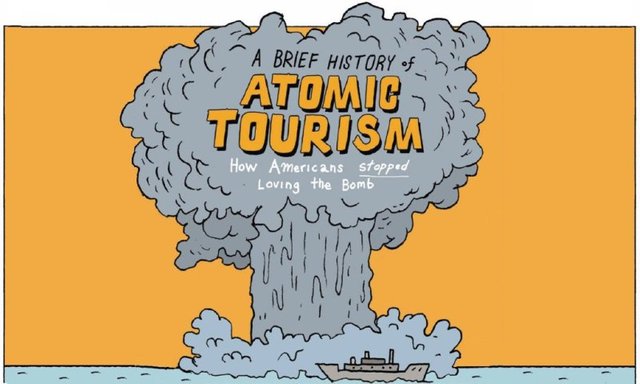
In 1946, as the Cold War grew hotter, the United States government began testing atomic weapons over Pacific waters. But the distant location proved costly, so the Atomic Energy Commission (AEC) started looking for a location on the U.S. mainland.
They settled on Nevada, where the government owned 85% of the land. As Los Alamos Scientific Laboratory director Norris Bradbury put it, "The population problem was almost zero."
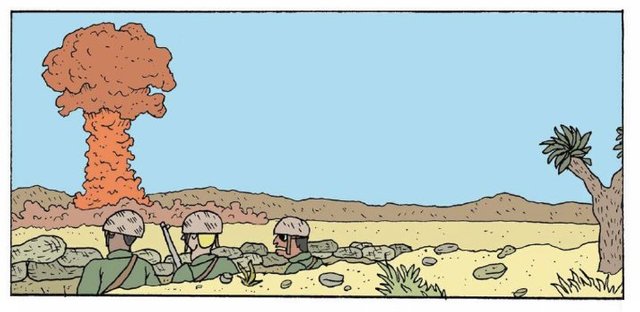
President Truman approved atomic testing there on January 10, 1951. The first bomb, codenamed Able, was detonated two weeks later at the Nevada Test Site.
Las Vegas was just 65 miles southeast.
Concerns that the bomb would be bad for business proved unfounded. In Las Vegas, everyone watched.Las Vegas's business leaders embraced the bomb as another attraction.
The Chamber of Commerce made calendars that recommended bomb-viewing spots and schedules of the bomb tests.Casinos hawked the Atomic cocktail (a mix of champagne, vodka, sherry and brandy).
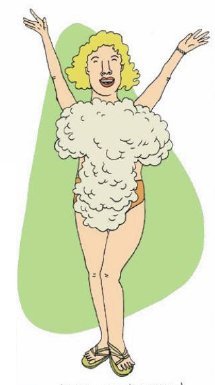 |
Nuclear-themed beauty pageants like "Miss A-Bomb" were all the rage, | and a young Elvis Presley performed as "America's only Atomic-Powered singer." |
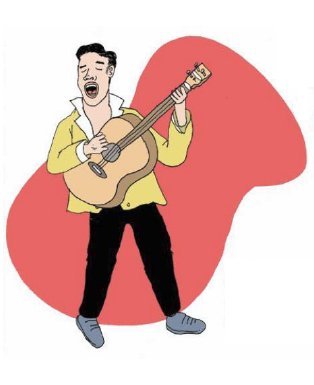 |
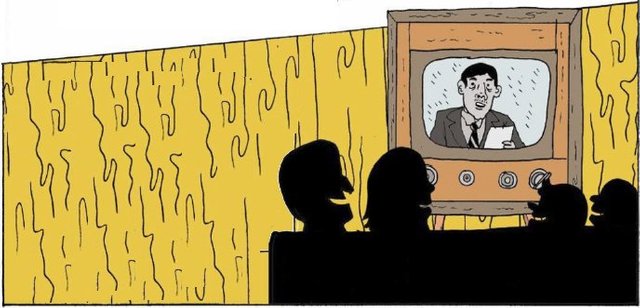
Families would hold bomb-viewing picnics, testing their children for radiation with Geiger counters after the blasts.
In 1955, families didn't even need to step outside: a test called Operation Cue was broadcast live over the television and radio.
The influx of tourists, test site workers and thrill-seekers doubled the population of Las Vegas by 1960. Casino owner Benny Binion would say "The best thing to happen to Vegas was the Atomic Bomb."
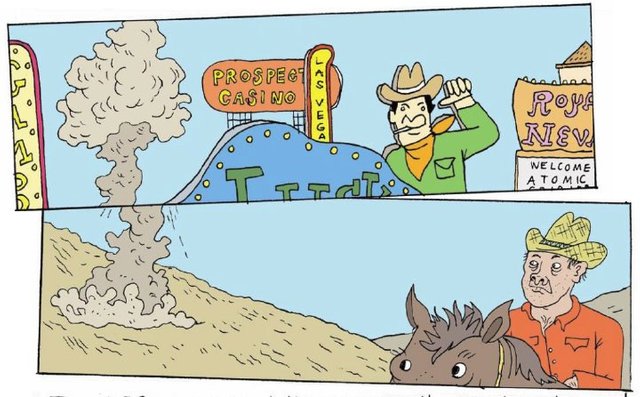
The AEC encouraged the craze with promotional projects, hiring a ballet dancer to pose for photos with the bomb and deputy sheriff Ken Case to tend to a herd of cattle at ground zero. He carried an "AEC" branding iron and earned the nickname The Atomic Cowboy.
It wasn't just wildlife - thousands of citizens downwind of the blasts were exposed to radiation, and many suffered health complications. Even John Wayne, who had filmed the derided Genghis Khan epic The Conqueror relatively near the test site, may have been exposed. When Wayne died of cancer in 1979, a Pentagon representative said, "Please, God, don't let us have killed John Wayne."
Despite alarms to half testing, the AEC continued. One of the most outlandish ideas was championed by Edward Teller, father of the H-bomb. Project Plowshare aimed to use nuclear weapons for civilian, nonmilitary construction projects. Plans included using bombs to widen a highway in California,
build a harbor in Alaska,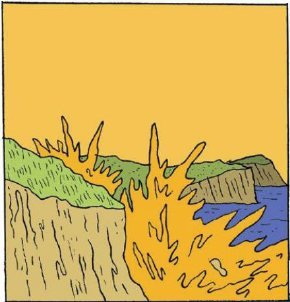 |
and carve a canal through Nicaragua nicknamed The Pan-Atomic Canal. They were aborted after significant debate.  |
When President George H.W. Bush put a moratorium on nuclear testing in 1992, a total of 928 tests had been conducted at the site. More than 800 bombs had been detonated underground. Decades earlier, in 1963, world leaders had signed the Limited Test Ban Treaty, putting a stop to dangerous above-ground testing - and spelling the end of America's fascination with atomic tourism.
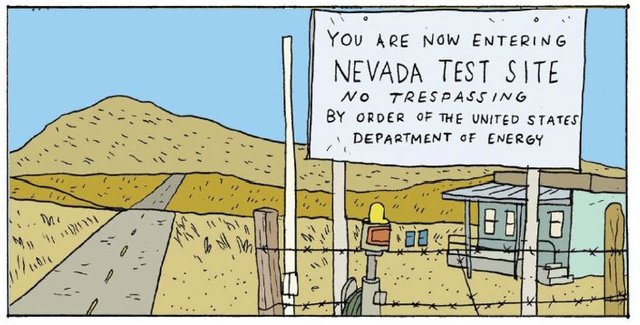
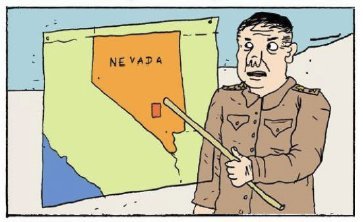

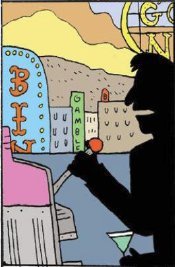
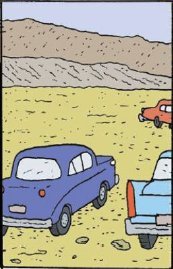
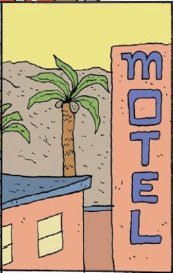
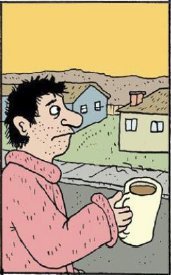
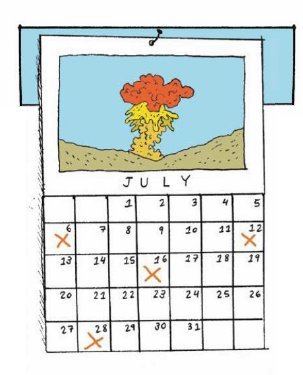
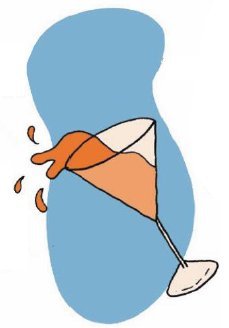
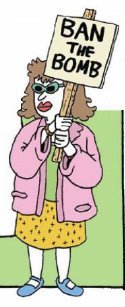
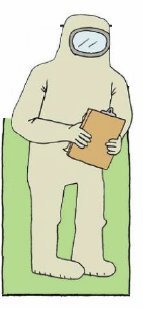
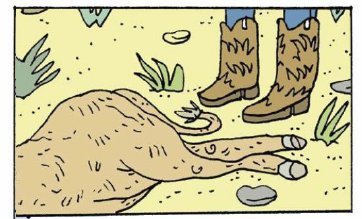
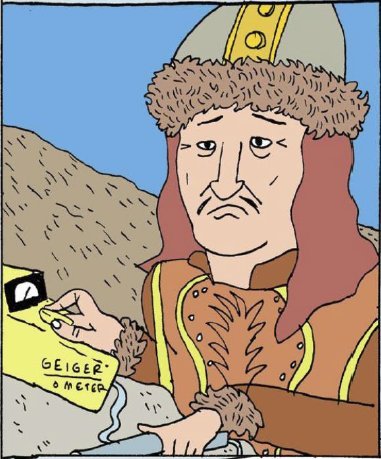
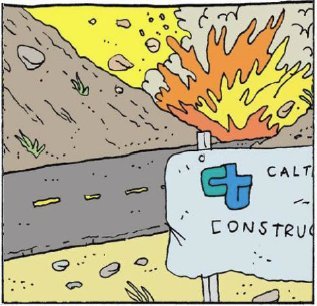
Cool Share
Great post I really enjoyed it